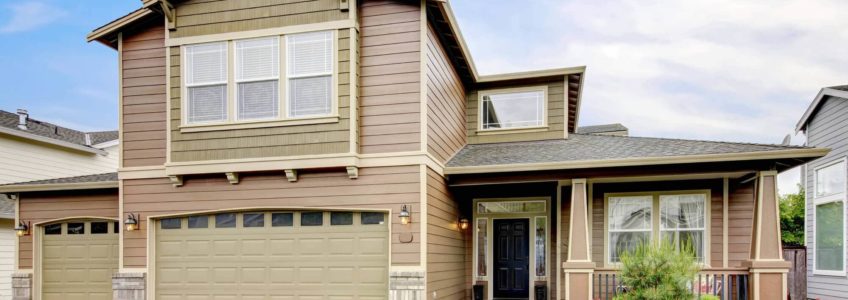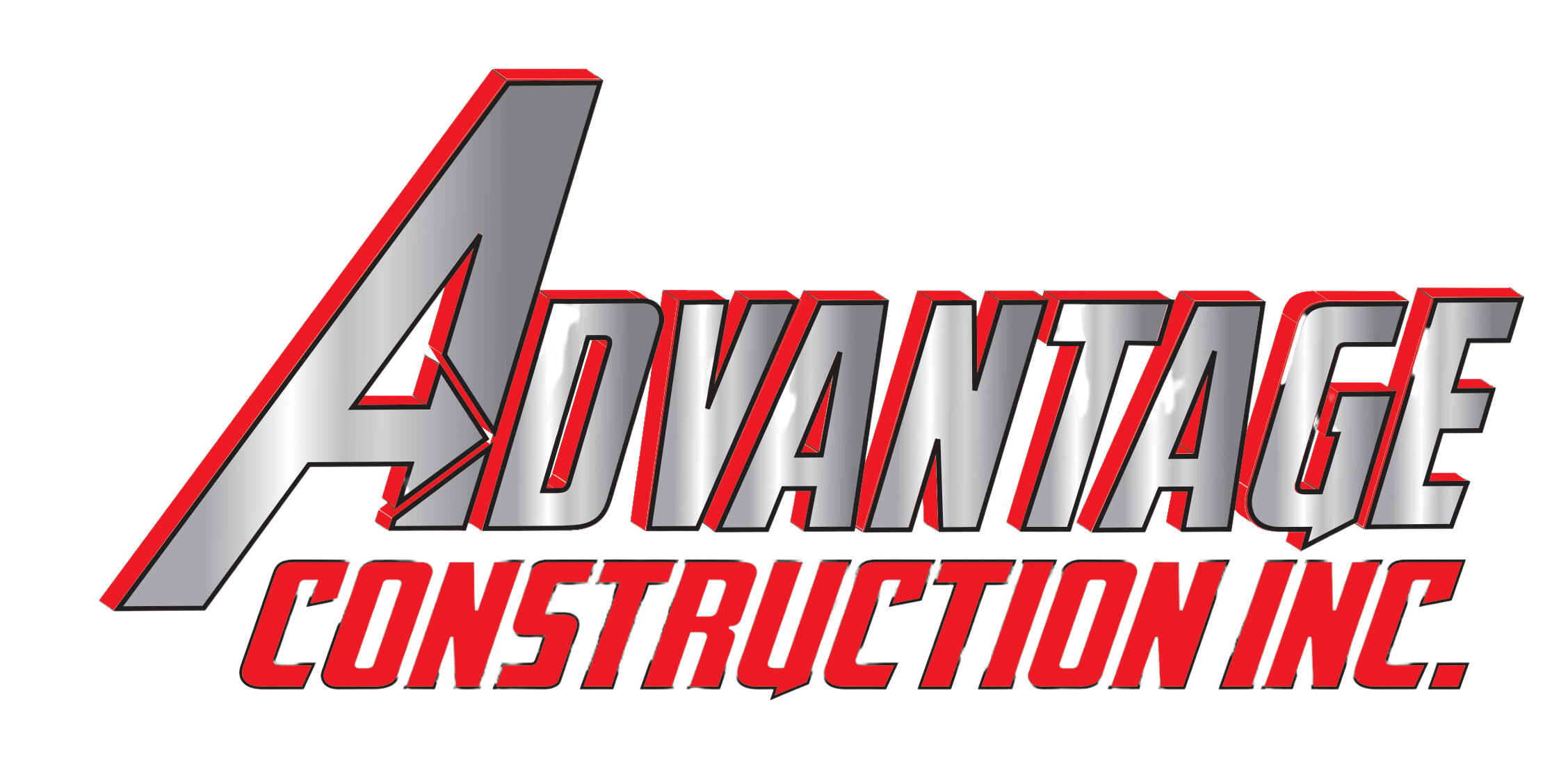
Throughout history, real wood has been an extremely popular choice for siding a house. Cedar siding is often found on the outside of stunning, hand-built homes like log cabins. While the unique textures and finish of traditional wood siding are beautiful, the material usually experiences damage or deterioration after a while, regardless of the care and maintenance it receives.
To eliminate these issues, contractors began to encourage homeowners to install and maintain engineered wood siding, which is a beautiful, human-produced siding option.
Say Goodbye to Traditional Wood Siding
Traditional wood siding is typically made from cedar or redwood because these softwoods are more resistant to water damage. However, over time, water damage and other issues in traditional wood siding products are unavoidable.
Besides susceptibility to water damage, traditional wood siding products are also prone to pest and mold infestations. Damage from termites and other wood-boring pests is a significant concern for homeowners with wood siding. While there are some ways to protect your traditional wood siding from a pest infestation, installing manufactured wood or vinyl siding is your best bet to completely bypass that possibility.
Traditional wood siding also requires continuous maintenance and re-staining to retain its durability. With proper care, wood siding can last up to 25 years. However, it will require professional staining and painting every 2-3 years to prolong its lifespan. To sidestep these potentially detrimental and expensive issues, engineered wood siding products came to fruition.
What is Engineered Wood Siding?
Engineered wood siding is an excellent alternative to traditional wood products. It is available in a vast array of colors, textures, and finishes to mimic the aesthetics of traditional cedar or redwood siding.
While they’re technically all the same product and are manufactured using the same process, there are a few different names for engineered wood siding, including:
- Manufactured wood siding
- Composite wood siding
- Synthetic wood siding
Despite the varying names, each of these products is virtually identical and has the exact same benefits of durability and damage resistance.
To make engineered wood products, strands or fibers of wood are bound together with a resin composite material. Then, extreme levels of heat are used to press the binding agents and wood components together. The pressurized heating process increases the strength and durability of the siding.
After the heating process is over, a wax coating is adding to help increase the engineered wood siding product’s resistance to moisture and mold damage.
Finally, the last step of the process is to treat the siding material with zinc borate. This compound improves the engineered wood siding’s resistance to fungal decay and other infestations. Once the entire process is complete, the siding is easily cut into various shapes and sizes. Engineered wood siding can be cut into panels, planks, shakes, and can be made into the trim for windows.
The Pros and Cons of Engineered Wood Siding
If you’re looking for a low-cost, low-maintenance siding solution for your home, but are unwilling to compromise on the aesthetics of wood siding products, engineered wood siding might be a fantastic option.
Available in a wide variety of colors, textures, and finishes, engineered wood siding is durable and incredibly resistant to damage. However, since engineered wood siding products have only been on the market for a short time, the longevity of the siding is unknown.
With proper maintenance, any type of siding, such as vinyl siding or Hardie Board, should last through the duration of its expected lifespan. If cared for properly, engineered wood siding should last between 20 and 30 years, with a fresh coat of paint every 10 years.
There are many upsides to engineered wood siding and just a few downsides. Let’s take a look at the pros and cons of the product:
| Pros | Cons |
|
|
Things to Consider Before Installing Engineered Wood Siding
The benefits of installing engineered wood siding on your property are numerous. It’s an inexpensive and long-lasting product that adds a beautiful, rustic touch to any home or commercial property. However, before you embark on engineered wood siding installation, consider these key factors:
- Cost: Engineered wood is a cheaper option than traditional wood, but remember to factor in all costs including labor, materials, and potential removal of existing siding, as this will affect your final project price.
- Project Size: Another impact on pricing is the size of your project. Depending on the size of your house or commercial building, more or fewer materials need to be purchased, which will affect final costs as well.
- Style: With synthetically manufactured materials, the style possibilities are endless. Peruse all the various options for colors, stains, textures, finishes, and cuts before making a final decision.
- Upkeep: This is one of the most crucial factors to consider when installing new siding; how much work do you want to put into maintaining your new siding? The answer can look a lot different for a younger couple of DIYers versus older folks in retirement age. Even though engineered wood siding is durable and long-lasting, it still requires some maintenance throughout the years to prolong its longevity, so keep this in mind.
From shakes to planks, the aesthetic options of engineered wood siding are endless. Additionally, the durability and damage resistance of the synthetic wood products makes this an attractive option for any property owner. Professional installation is affordable and efficient so you don’t have to waste any more time getting started on your siding project.
